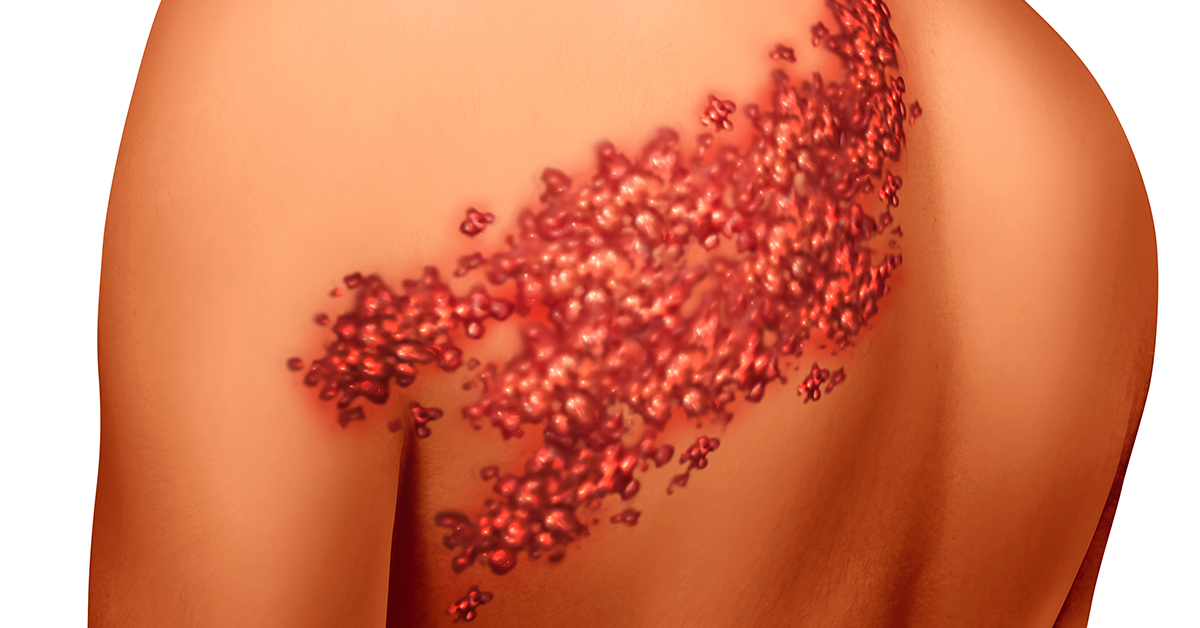Postherpetic Neuralgia is a condition that can occur following shingles

What is Postherpetic Neuralgia?
Postherpetic neuralgia refers to a clinical condition characterized by nerve pain that is caused following an attack of shingles. It usually occurs a few months after an attack of shingles and can cause tremendous discomfort to the patient. It is often seen in patients over the age of 60 years.
What causes Postherpetic Neuralgia?
Postherpetic neuralgia is caused by the Varicella-zoster virus which causes shingles. While the virus itself does not cause the pain, it is the damage to the nerves due to shingles that results in symptoms seen in postherpetic neuralgia. The damage that is caused results in an alteration in signal conduction in the nerve fibers resulting in them being rather exaggerated thus causing severe pain.
Shingles is also called herpes zoster. It is caused by reactivation of the Varicella-zoster virus that enters the body following a chickenpox infection that may have occurred years ago. Following chickenpox, the Varicella-zoster virus can remain dormant and the reactivation causes shingles.
Symptoms and Diagnosis
The most common symptom is pain at the site of the recent shingles attack. Patients describe the pain as a burning pain or stabbing pain which is worse on touching the area lightly. The pain is typically located along a dermatomal distribution. The pain can interfere with sleep and activities of daily living.
It is common for pain occur after an attack of shingles but is the pain persists for a few months following shingles then it is likely that the patient is suffering from postherpetic neuralgia.
Postherpetic neuralgia is diagnosed primarily from clinical history which would reveal a recent attack of shingles. Up to one in five patients who have suffered from shingles can develop postherpetic neuralgia therefore making it a common diagnosis to consider.
How is Postherpetic Neuralgia treated?
Simple painkillers can sometimes help but do not necessarily get rid of the pain completely. Skin patches that contain lidocaine or capsaicin may help temporarily. Sometimes, stronger painkillers such as tricyclic antidepressants and anticonvulsants medication may need to be used. Opioid analgesics may also be prescribed. However, the symptoms can be notoriously difficult to treat.
Besides painkillers, there do not appear to be any other specific treatment measures that can be used to treat postherpetic neuralgia. While the painkillers can help reduce the pain, there is a high likelihood that patients will always have some degree of pain that may affect their quality of life in the long-term.
Preventing postherpetic neuralgia
These days, vaccines are available for patients above the age of 50 years who have suffered from chickenpox in the past. These vaccines can help prevent reactivation of Varicella-zoster virus and can prevent the development of shingles. Repeat doses may be required to help the patient and keep immune levels high.
